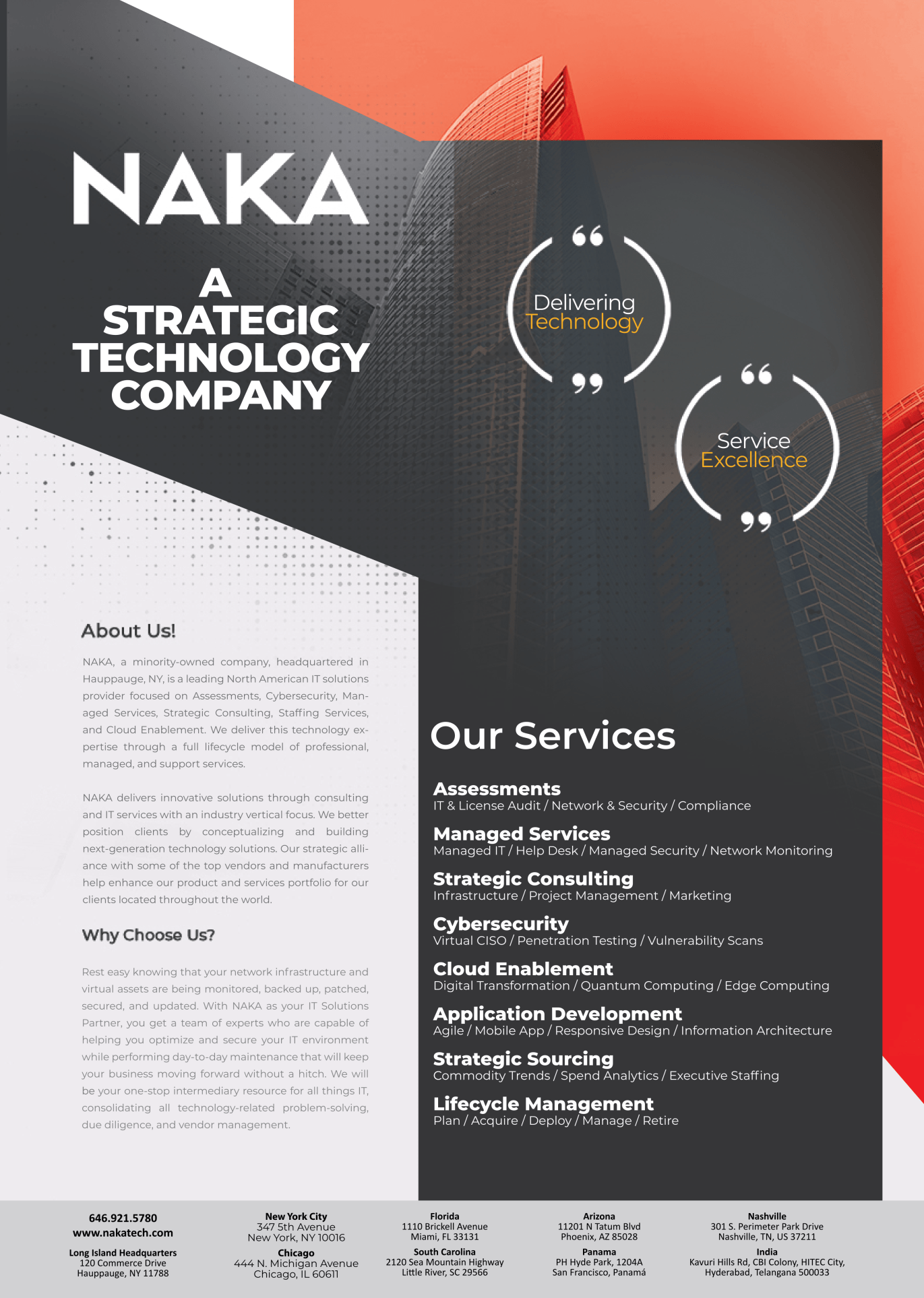Service Desk vs Help Desk: Understanding the Differences

Service Desk vs Help Desk: Understanding the Differences
In the realm of IT support, organizations often use the terms “service desk” and “help desk” interchangeably, assuming they serve the same function. However, these are distinct entities with specific roles and capabilities tailored to different organizational needs. This article aims to provide clarity on the differences between Service Desk vs Help Desk, equipping organizations with the knowledge needed to make informed decisions about their IT support strategies.
What sets apart a help desk from a service desk lies in its scope, approach to support, and strategic alignment with business goals. Understanding these distinctions is crucial for businesses aiming to optimize their IT operations effectively. Let’s delve into the nuances of each to grasp how they cater to varying operational demands and contribute to overall organizational efficiency and growth.
What is a Help Desk?
A help desk is a centralized point of contact designed to provide users with assistance regarding IT-related issues. The primary focus of a help desk is to resolve immediate technical problems, offering quick fixes and support for issues like password resets, software installations, and basic troubleshooting.
Key Features of a Help Desk
- Incident Management: Handling and resolving user-reported issues efficiently.
- Problem Resolution: Providing solutions for recurring problems and preventing future occurrences.
- User Support: Offering direct assistance to end-users for everyday technical problems.
- Ticketing System: Utilizing software to manage and track user requests and incidents.
Advantages of a Help Desk
- Cost-Effective: Help desks are generally less expensive to set up and operate.
- Quick Response: They provide immediate support for common technical issues.
- User-Focused: Help desks cater specifically to end-users, ensuring their IT needs are met promptly.
What is a Service Desk?
A service desk is a broader, more comprehensive IT support function that encompasses the capabilities of a help desk but goes further to integrate business processes with IT services. A service desk aims to manage and enhance the overall IT service delivery, focusing on long-term improvements and strategic goals.
Key Features of a Service Desk
- Service Management: Overseeing the entire lifecycle of IT services, from planning and design to deployment and operation.
- Process Integration: Aligning IT services with business objectives and integrating them into business processes.
- Proactive Support: Identifying and addressing potential issues before they impact users.
- Advanced Analytics: Providing detailed insights into service performance and user satisfaction.
Advantages of a Service Desk
- Holistic Approach: Service desks manage a wide range of IT services, offering a comprehensive solution.
- Enhanced Efficiency: They streamline IT operations, leading to improved productivity and reduced downtime.
- Strategic Alignment: Service desks align IT services with business goals, driving better outcomes and growth.
- Scalability: They can adapt to the changing needs of an organization, supporting long-term growth.
Key Differences Between Service Desk vs Help Desk
Understanding the distinctions between a service desk vs help desk is crucial for organizations seeking to optimize their IT support functions and align them with business objectives. Each type of IT support solution offers unique capabilities tailored to different operational needs and strategic goals.
Scope of Services
Help Desk:
- Incident Management: Primarily focuses on resolving immediate technical issues faced by end-users.
- User Support: Provides direct assistance to end-users for tasks such as troubleshooting, software installations, and hardware issues.
Service Desk:
- Service Management: Offers a comprehensive range of services beyond incident management, including problem resolution, change management, service request fulfillment, and IT asset management.
- Process Integration: Integrates IT processes with business workflows to streamline operations and enhance overall efficiency.
- Strategic Alignment: Aligns IT services with organizational goals and objectives, ensuring that IT investments contribute to business success.
Approach to Support
Help Desk:
- Reactive Approach: Responds to issues as they arise, focusing on resolving immediate technical problems to minimize downtime and disruption.
Service Desk:
- Proactive Approach: Takes a proactive stance by identifying and addressing potential issues before they impact operations. Focuses on continuous improvement of service delivery and IT performance.
User Interaction
Help Desk:
- End-User Interaction: Engages directly with end-users to provide technical support and resolve issues promptly.
Service Desk:
- Business Unit Interaction: Interacts not only with end-users but also with various business units within the organization. Facilitates a more integrated approach to IT support by understanding and addressing broader organizational needs.
Technology and Tools
Help Desk:
- Basic Tools: Utilizes fundamental ticketing systems and basic IT tools to manage user requests and incidents.
Service Desk:
- Advanced Tools: Employs sophisticated tools and technologies for comprehensive service management, analytics, automation, and IT process orchestration. These tools enhance efficiency, enable proactive problem management, and provide valuable insights into IT performance and user satisfaction.
Choosing the Right Solution for Your Organization
When considering whether to implement a help desk vs service desk, it’s essential to evaluate your organization’s specific needs, resources, and long-term objectives. Both solutions cater to different levels of IT support and operational management, so selecting the appropriate one can significantly impact your business efficiency and user satisfaction.
When to Choose a Help Desk
A help desk is typically the preferred choice for organizations that require immediate and straightforward IT support solutions, especially when resources and budget constraints are factors.
Small to Medium-Sized Businesses (SMBs)
- Basic IT Support: If your organization primarily deals with day-to-day technical issues such as password resets, software installations, and hardware malfunctions, a help desk provides the necessary support.
- Cost-Effective: Help desks are generally more affordable to set up and maintain compared to service desks, making them ideal for SMBs with limited budgets.
- Quick Deployment: They are easier and quicker to implement, ensuring that you can establish essential IT support functions promptly.
Limited Budget
- Cost Efficiency: Help desks require fewer resources and investment, making them a practical choice for organizations with financial constraints.
- Focused Support: They deliver targeted support for immediate technical issues, ensuring that critical IT problems are resolved swiftly without extensive investment.
Immediate Support
- Fast Response: Help desks prioritize rapid incident resolution, ensuring minimal downtime and quick turnaround for end-users.
- User-Focused: They are designed to provide direct and efficient support to end-users, addressing their immediate IT needs promptly and effectively.
When to Choose a Service Desk
A service desk is suitable for larger organizations with complex IT infrastructures and strategic IT management needs. It offers a more integrated approach to IT service delivery and supports long-term business objectives.
Larger Organizations
- Comprehensive IT Management: Service desks manage a broader spectrum of IT services, including incident management, problem resolution, change management, and service request fulfillment.
- Scale and Complexity: For organizations with multiple departments, global operations, and diverse IT environments, a service desk provides the necessary scale and capability to manage complex IT challenges effectively.
Strategic IT Management
- Alignment with Business Objectives: Service desks align IT services with strategic business goals, ensuring that IT investments contribute to overall business success.
- Process Integration: They integrate IT processes with business workflows, enhancing operational efficiency and driving continuous improvement across the organization.
- Proactive Approach: Service desks adopt a proactive stance by identifying potential issues before they escalate, thereby minimizing disruptions and optimizing service delivery.
Future Growth
- Scalability: Service desks are designed to grow with your organization, accommodating expanding IT needs and evolving business requirements.
- Long-Term Investment: They offer a sustainable IT support model that supports future growth initiatives and adapts to technological advancements.
- Enhanced Service Delivery: By implementing a service desk, organizations can enhance service quality, improve user satisfaction, and maintain competitive advantage in a dynamic business environment.
How NAKA’s Service Desk Solutions Stand Out
At NAKA, our service desk solutions are designed to connect better with a single point of contact, increasing service quality and user satisfaction. Our approach focuses on providing a streamlined and enriched digital business transformation, helping organizations improve operational efficiency, standardize IT processes, and achieve greater alignment between business and IT.
Key Benefits of NAKA’s Service Desk
- Operational Efficiency: Streamlining IT operations to enhance productivity.
- Automated Routine Tasks: Reducing manual efforts and speeding up processes.
- Faster Incident Response: Ensuring quick resolution of issues to minimize downtime.
- Proactive Problem Management: Identifying and addressing potential problems before they impact users.
- Advanced Analytics: Providing valuable insights into service performance and user satisfaction.
Our service desk solutions also support various departments, including HR, finance, and security, ensuring a comprehensive approach to IT support. With our expertise in analytics, Robotic Process Automation, and next-gen solutions, NAKA offers a tailored approach to meet the unique needs of each organization.
Conclusion
Understanding the differences between a help desk and a service desk is crucial for organizations looking to optimize their IT support functions. While help desks provide immediate, user-focused support, service desks offer a broader, strategic approach to managing IT services. By choosing the right solution, organizations can improve their IT service delivery, align with business objectives, and support long-term growth.
For more information on how NAKA’s service desk solutions can benefit your organization, contact us for a free consultation and discover how we can help you achieve your IT goals.



